Websites and Collections
Forum home - Go back to Websites and Collections
|
My radio room
|
|
|
« Back ·
1 ·
Next »
|
|
|
Return to top of page · Post #: 1 · Written at 9:43:55 PM on 2 June 2013.
|
|
|
|
Location: Tamworth, NSW
Member since 6 April 2012 Member #: 1126 Postcount: 471 |
|
This has been a long time coming. We extended the shed to build this display room, over a period of nearly 2 years. 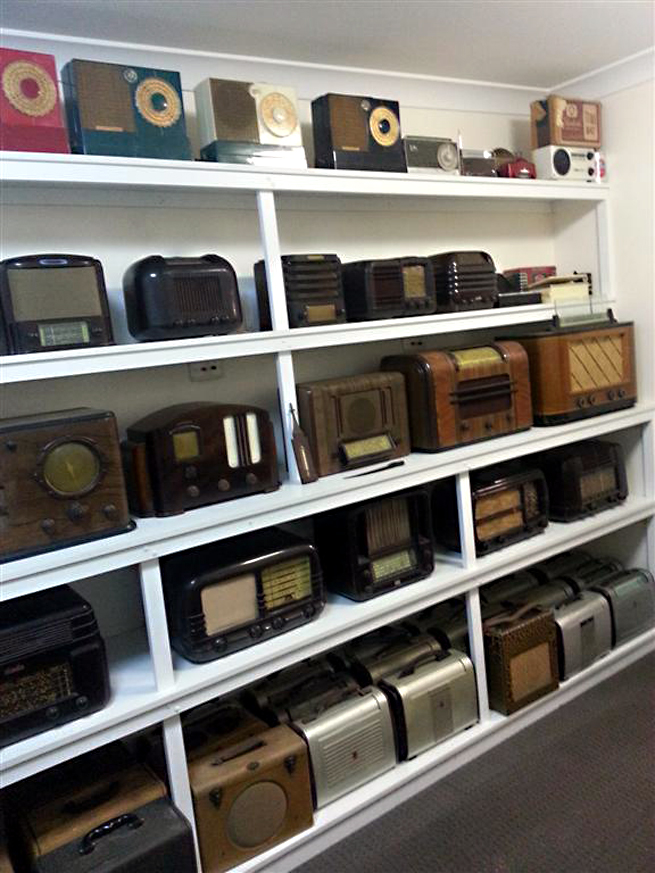 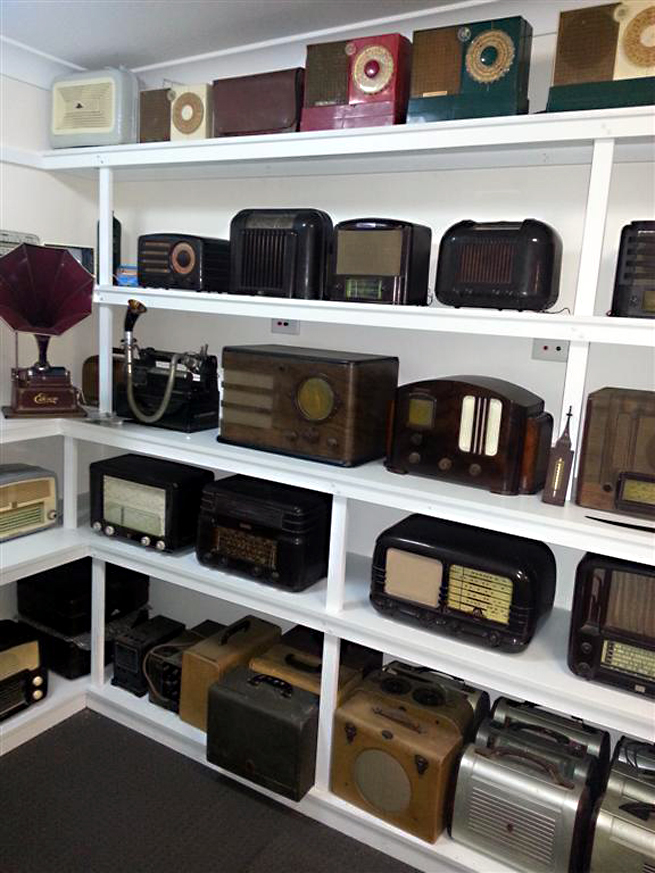 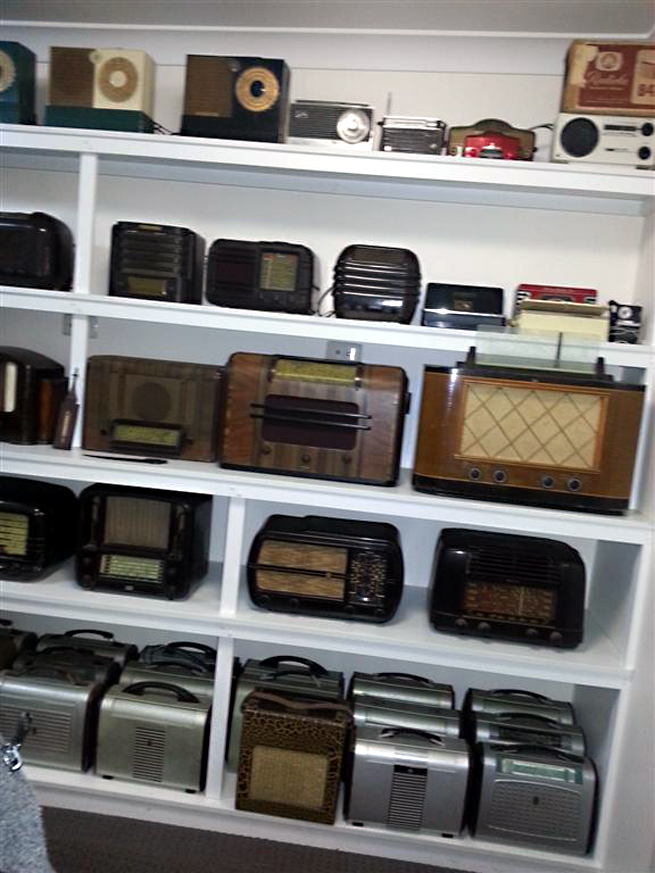 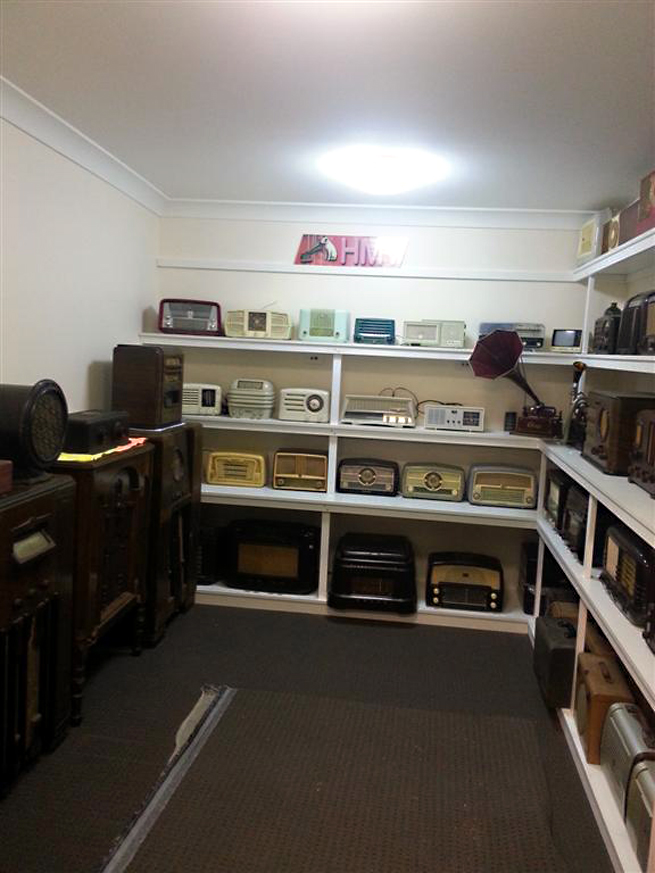 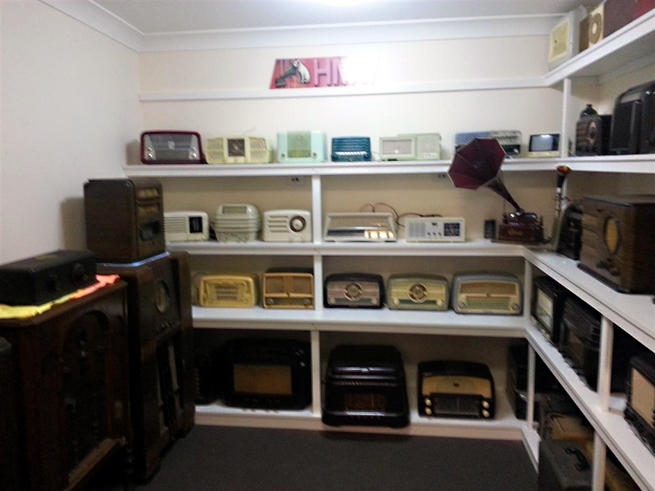 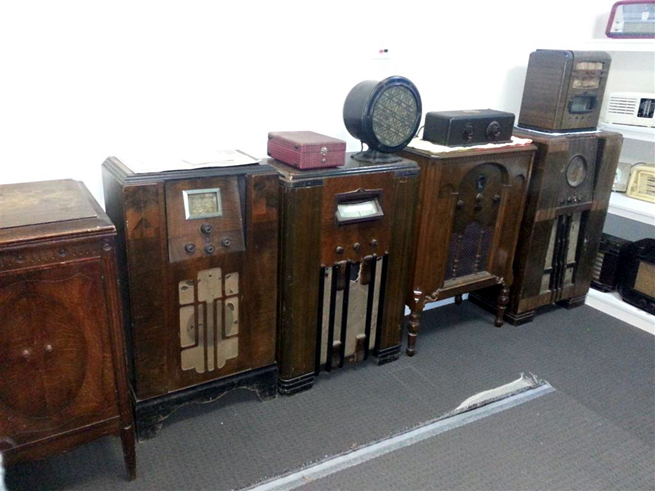 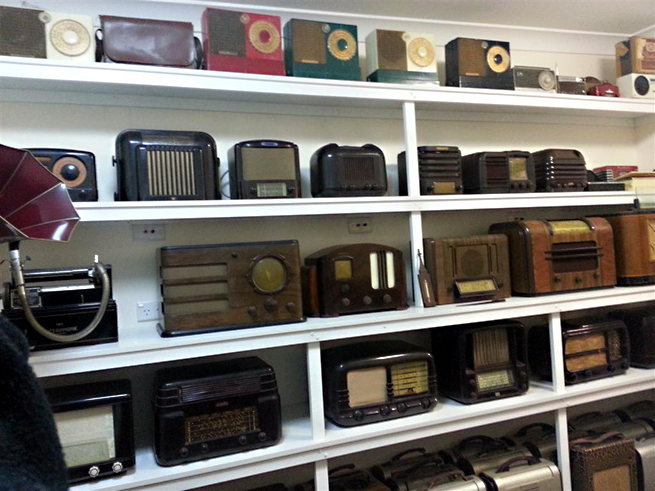 |
|
|
Return to top of page · Post #: 2 · Written at 10:03:59 PM on 2 June 2013.
|
|
|
|
Administrator
Location: Naremburn, NSW
Member since 15 November 2005 Member #: 1 Postcount: 7564 |
|
Very nice display. There's quite a few Philips portables down the bottom there. ‾‾‾‾‾‾‾‾‾‾‾‾‾‾‾‾‾‾‾‾‾‾‾‾‾‾‾‾‾‾‾‾‾‾‾‾‾‾‾‾‾‾‾‾‾‾‾‾‾‾‾‾‾‾‾‾‾‾‾‾‾‾‾‾‾‾‾‾ A valve a day keeps the transistor away... |
|
|
Return to top of page · Post #: 3 · Written at 10:07:38 PM on 2 June 2013.
|
|
|
|
Location: Blue Mountains, NSW
Member since 10 March 2013 Member #: 1312 Postcount: 401 |
|
Great room, I can only wish! Love that bottom shelf stacked in three deep, obviously your favourite. |
|
|
Return to top of page · Post #: 4 · Written at 7:45:16 AM on 3 June 2013.
|
|
|
|
Location: Tamworth, NSW
Member since 6 April 2012 Member #: 1126 Postcount: 471 |
|
Yeah, I have a thing for the Philips/Fleetwood/Mullard tin portables. I'm trying to obtain 1 of each model/manufacturer. |
|
|
Return to top of page · Post #: 5 · Written at 4:32:06 PM on 3 June 2013.
|
|
|
|
Location: NSW
Member since 10 June 2010 Member #: 681 Postcount: 1379 |
|
I have a Fleetwood with indicator valve. The right hand bakelite end is cracked and chipped. Are the Philips/Fleetwood/Mullard bakelite ends identical? I have been on the lookout for a derelict radio for a replacement. Occasionally seen on eBay. |
|
|
Return to top of page · Post #: 6 · Written at 5:57:06 PM on 3 June 2013.
|
|
|
|
Location: Tamworth, NSW
Member since 6 April 2012 Member #: 1126 Postcount: 471 |
|
Fleetwood with magic eye would be the Philips 168 equivalent. The ends are interchangeable, however there are a few variations of colour |
|
|
Return to top of page · Post #: 7 · Written at 8:50:15 PM on 3 June 2013.
|
|
|
|
Location: NSW
Member since 10 June 2010 Member #: 681 Postcount: 1379 |
|
OK thanks - I am pretty sure it is black, but will have to find it in its box to confirm. Have some octal and seven pin valves if there is anything that would make a fair swap. |
|
|
Return to top of page · Post #: 8 · Written at 8:56:45 PM on 6 June 2013.
|
|
|
|
Location: NSW
Member since 10 June 2010 Member #: 681 Postcount: 1379 |
|
Having brought the Fleetwood back into service, got to considering its safety. It is a battery/AC portable with AC supplied through a two pin plug in the back of the radio that automatically cuts out the batteries through the action of the plug opening shutter. But having a metal case, wondered about its safety. |
|
|
« Back ·
1 ·
Next »
|
|
|
You need to be a member to post comments on this forum.
|
|

Sign In

Vintage Radio and Television is proudly brought to you by an era where things were built with pride and made to last.
DISCLAIMER: Valve radios and televisions contain voltages that can deliver lethal shocks. You should not attempt to work on a valve radio or other electrical appliances unless you know exactly what you are doing and have gained some experience with electronics and working around high voltages. The owner, administrators and staff of Vintage Radio & Television will accept no liability for any damage, injury or loss of life that comes as a result of your use or mis-use of information on this website. Please read our Safety Warning before using this website.
WARNING: Under no circumstances should you ever apply power to a vintage radio, television or other electrical appliance you have acquired without first having it checked and serviced by an experienced person. Also, at no time should any appliance be connected to an electricity supply if the power cord is damaged. If in doubt, do not apply power.
Shintara - Keepin' It Real · VileSilencer - Maintain The Rage
